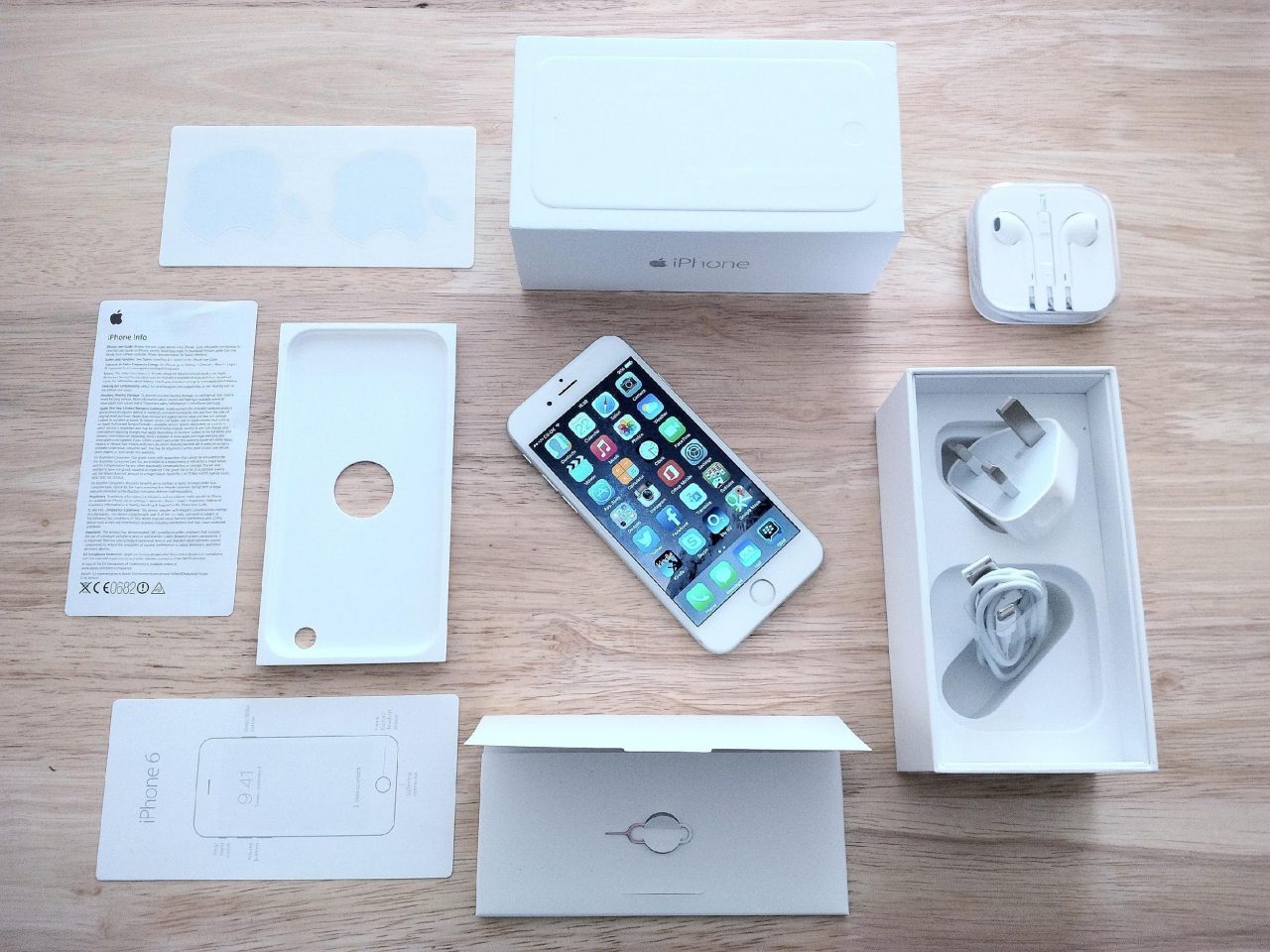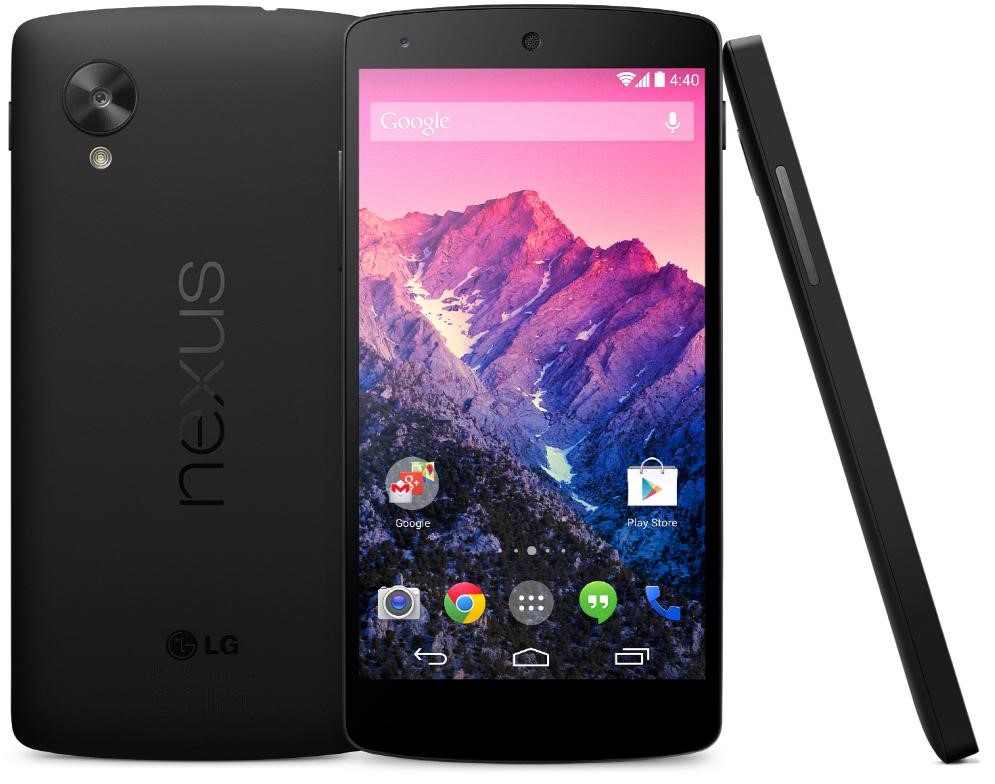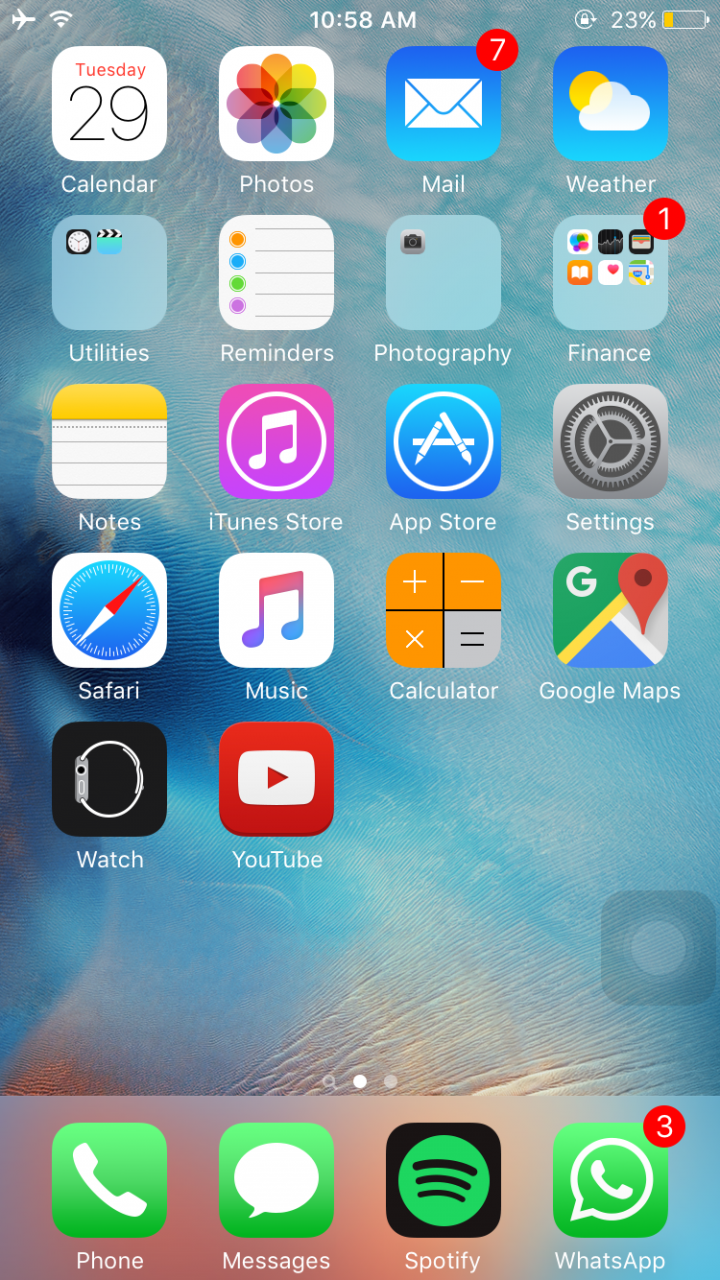Apple has stirred up quite a scene again with the release of the new iPhone 6s and iPhone 6s Plus, which saw fervent sales in its first week, not unexpected of the cult smartphone brand.
Quite intentionally, Apple also unveiled its iOS 9 on the September 9, fully equipped with innovated 3D touch capabilities, compatible with the pressure-sensitive displays of the iPhone 6s and 6s Plus.
If that wasn’t enough to put Apple fans in a frenzy, they released their new phones in the sleek new colour – Rose Gold.
Meanwhile, Android phones in the market have only just started to get the new Google Android 5.1 operating system updates. The new Android 5.1 update aimed to address user complaints by improving the battery life and overall stability of the phones. On top of that, Android 5.1 boasts new features like HD voice calling, which allows you to make phone calls via your cellular Internet connection.
With these developments in Apple and Android, it is an appropriate time to revisit the long-running competition between the two smartphone giants.
The two are vastly different in hardware features, graphics and software characteristics – but these are also the main factors in consideration when deciding on an appropriate phone for one’s everyday phone usage.
The hardware
Apple has always believed in delivering a complete package and experience – hence the dedicated iOS for Apple’s architecturally designed devices.
Google takes an opposing approach, adopting a single open-source operating system that manufacturers can implement and develop their software on. Simply put, Android provides you with a vast range of devices to choose from, while with Apple, you are severely limited in choice.
However with the new iOS and iPhones, Apple has delivered something quite novel and inventive. Thus far, only the China-based company, Huawei, has produced a similarly-conceptualised pressure-sensitive screen. That being said, is this feature attractive enough to draw in new and existing Apple users?
Other than standard speed and camera improvements, each instalment of Apple’s iPhones are not radically different from their predecessors. While Apple releases one or two iPhones a year, comparatively, Android is capable of producing phones at a rate ten-fold of that.
Android phones are rapidly introducing features like waterproofing and larger battery capacity, that Apple has not even begun to explore. Furthermore, as much as Apple has improved its screen displays, they are not substantially sharper than any existing Android phone in the market.
However with Apple, one is guaranteed an aesthetically-pleasing, sleek and architectural design, with decent software features and battery efficiency.
The graphics
Many people have called Android’s graphics “flat” as compared to the iOS graphics. Apple did a graphical overhaul of its interface in iOS 7, to much positive reception. Although Google has been steadily improving the overall look of its icons and menus, Apple’s iOS arguably looks more attractive and vibrant with its trademark pop-art style colours.
Additionally, Apple has introduced a new way of intuitively navigating with iOS 9’s 3D touch. Its pressure-sensitive touch screen allows different commands and options, depending on the amount of pressure applied.
Only the Android-enabled Huawei Mate S is equipped with the same feature, though Apple successfully refined and presented it better on the iPhone 6s and 6s Plus. Though Apple is seemingly lagging behind in the development of new features, it takes a polished approach in implementing and improving on the existing features in the market. This is a huge factor why Apple iPhones do not suffer as much on the stability front, as compared to Android phones.
The apps
Both Apple and Android have their dedicated app stores that allow users to download and manage their applications. In terms of quantity of apps, Android is in the lead with 1.6 million, while iOS is not far behind with 1.5 million (though it is reported that at least 60% of all the apps available are unused or have never been downloaded).
However, a huge draw of the iOS is its smoother and more stable apps. iOS Twitter apps such as Twitterrific, run smoother than the Android-equivalents, like Ubersocial.
Final sentiments
Despite the constant revamps and improvements, iOS and Android have largely retained most of the unique traits that attract their target users. Greater graphical smoothness, overall stability and aesthetic beauty are still the main reasons to use iOS, while increased flexibility in customisation and the large variety of choice are the main draws of Android.
However, with the new 3D touch capabilities introduced with iOS 9, there just might be a good reason for existing Android users to finally make that switch.
This article was contributed by local cashback site ShopBack Malaysia.
Read more by Shopback Malaysia below:
Malaysian Telcos: Choosing the Best Prepaid and Postpaid Plans
Cashback sites are set to take off in Malaysia





